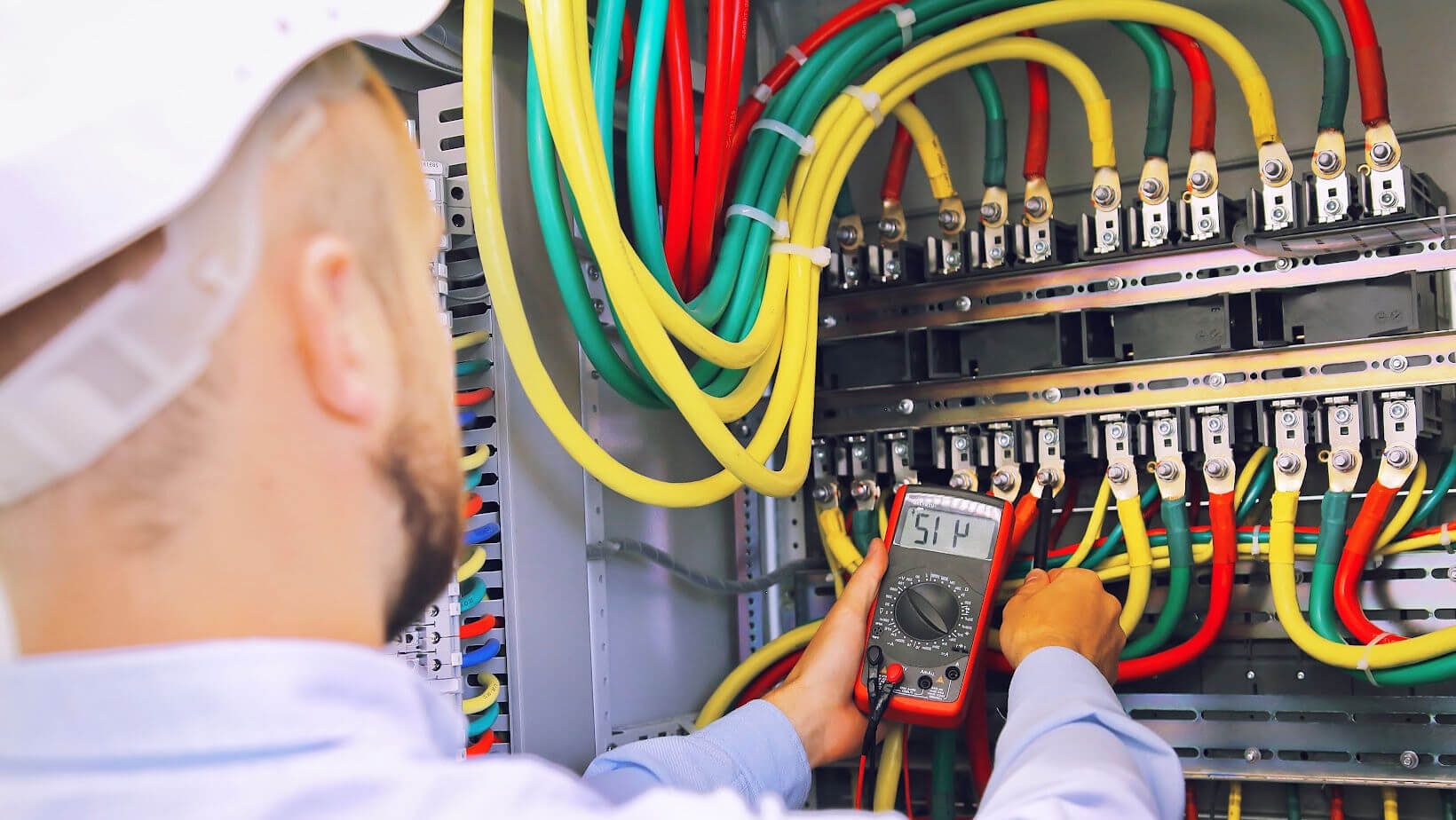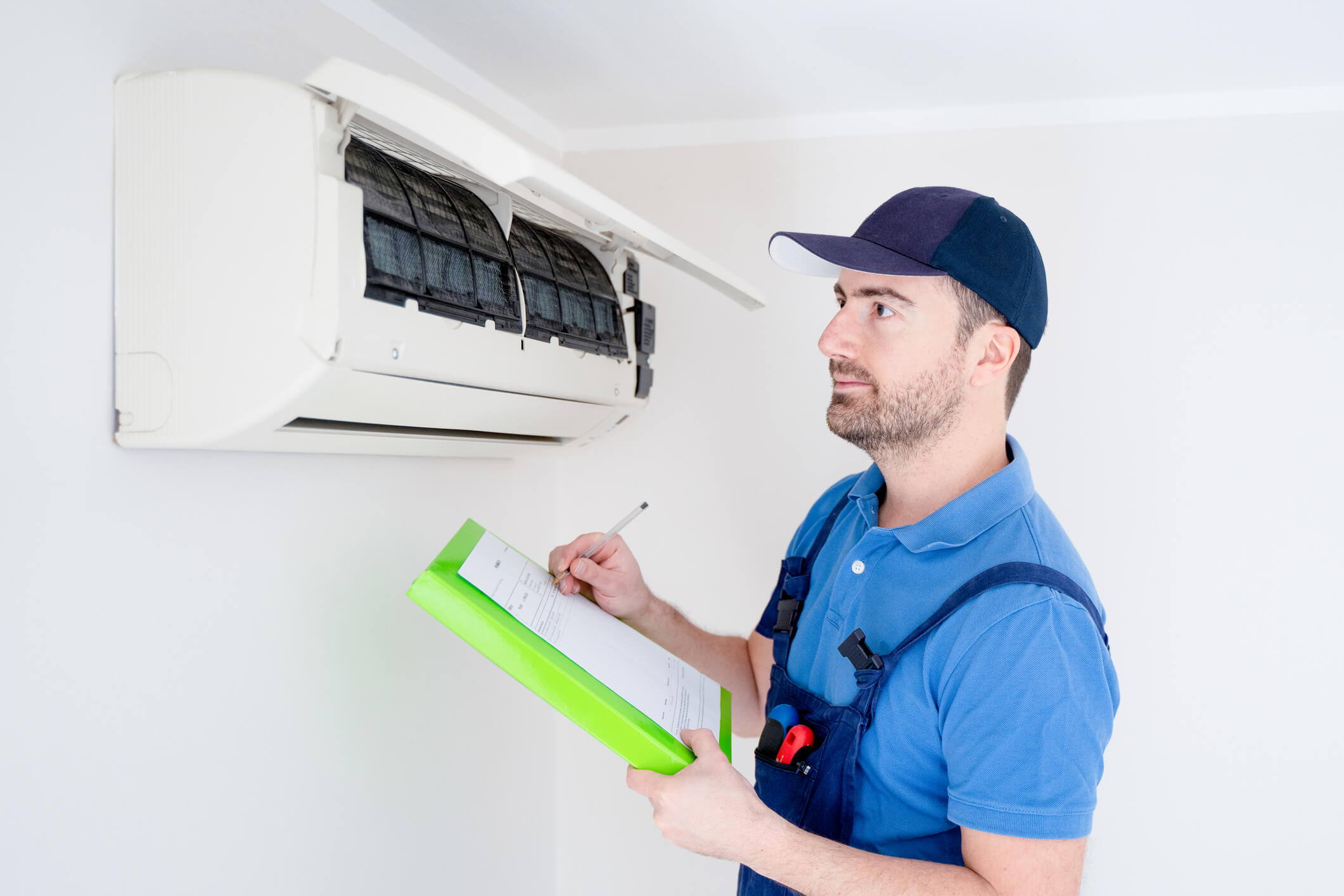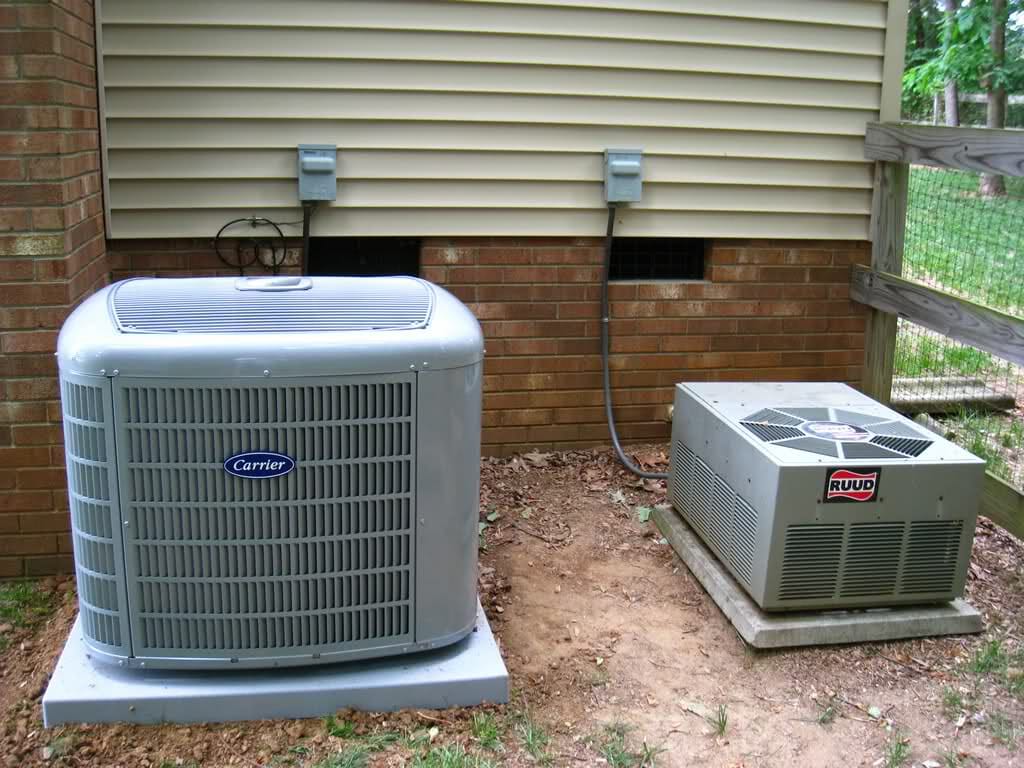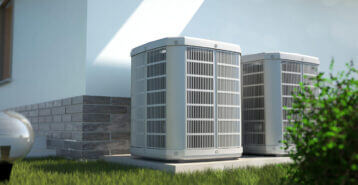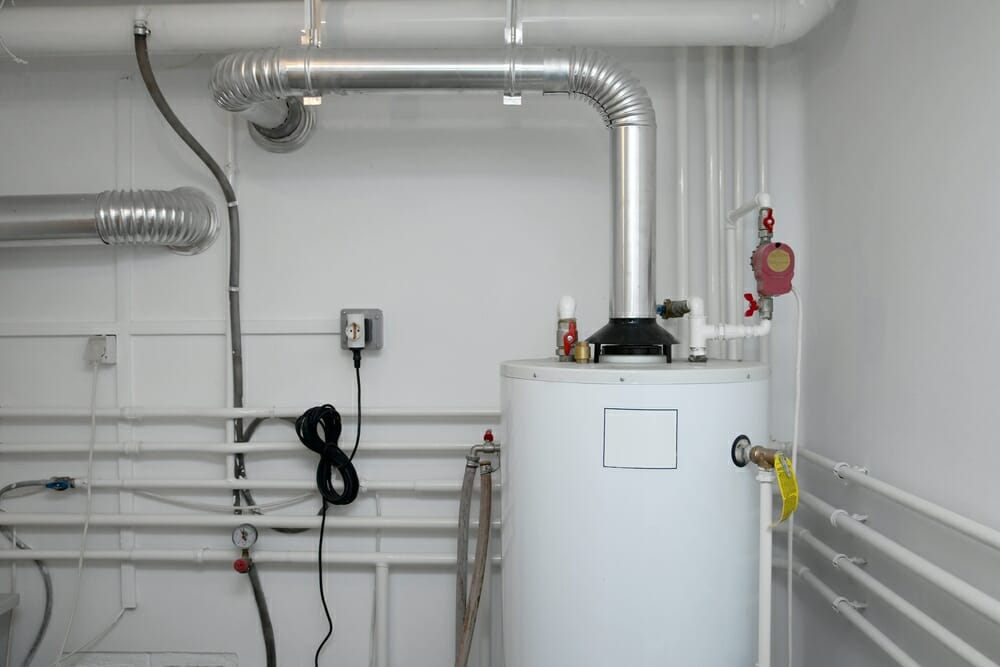Are you doing an HVAC project?
Modernize can pair you with three to four pros in your area, so you can compare options and save time and money.
How Does a Gas Furnace Work?
A gas furnace burns natural gas (or propane) to create heat, then uses a fan to push that warm air through ducts and into your rooms. When your thermostat calls for heat, the furnace starts a small draft fan, lights the burners, and warms a metal heat exchanger. Air from your home passes over that hot metal, picks up the heat, and the blower sends it through your vents. The flames stay sealed inside the furnace, and the gases they produce are vented safely outdoors.
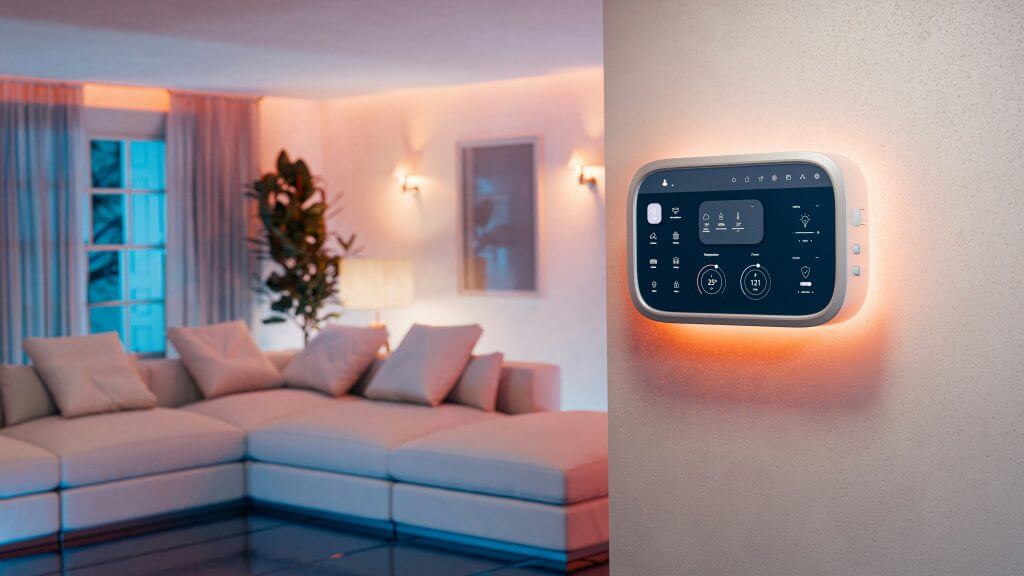
How Does a Gas Furnace Use Electricity?
Even though gas provides the heat, a furnace still needs electricity to operate the controls and move air. The electric parts are low-power compared to an air conditioner, but without them the furnace will not run.
These are the parts that use electricity:
- Thermostat and Control Board: The “brain” that tells the furnace when to start and stop.
- Draft Inducer Fan: Prepares the vent for safe ignition.
- Igniter: A small electric heater or spark that lights the gas.
- Blower (Supply Fan): It pushes warm air through your ducts.
- Sensors and Safeties: They monitor flame, temperature, and airflow.
How Much Electricity Does a Gas Furnace Use?
Usage varies with your climate, home size, blower speed, and how long the furnace runs each day.
- Per Hour of Runtime: About 0.4 to 0.9 kWh (most of this is the blower).
- Typical Day (Milder Climates): 1 to 3 kWh on a cool day.
- Typical Day (Cold Climates): 3 to 8 kWh on a very cold day.
- Monthly Estimate: Roughly 30 to 180 kWh in heating season for many homes, higher during prolonged cold snaps.
How Much Does It Add to Electricity Bills?
Multiply your kWh by your local electric rate. At $0.15 per kWh (a common U.S. average):
- Milder Month (≈ 40 kWh): about $6.
- Typical Winter Month (≈ 100 kWh): about $15.
- Very Cold Month (≈ 180 kWh): about $27.
Your actual cost can be lower or higher based on run time, blower efficiency, duct design, filter condition, and electric rates.
Find the Right Contractor for Your HVAC Project
Whether you’re ready to begin your project now or need some expert advice, our network of contractors are here to help. With a few simple questions, we’ll find the best local professionals for you
How Much Electricity Does It Use Compared to Other Furnaces?
Even though a gas furnace burns fuel to make heat, it still needs some electricity for the controls and fan. That’s also true for oil and many solid-fuel systems. Electric furnaces are different. They make heat with electricity, so their power use is much higher.
Quick Comparison (Typical Winter Month)
| System Type | What Uses Electricity | Typical Electricity Use* |
|---|---|---|
| Gas Furnace | Thermostat, control board, draft inducer, blower fan | 30 to 180 kWh |
| Oil Furnace | Thermostat, control board, oil burner motor/igniter, blower fan | 40 to 200 kWh |
| Electric Furnace | Heating elements and blower fan (all heat is electric) | 600 to 2,400+ kWh |
| Solid-Fuel Furnace | Controls, small fans, and/or circulation pumps | 20 to 120 kWh |
*Estimates for an average U.S. home during a heating month. Your numbers will vary with climate, thermostat settings, equipment size and age, duct design, and daily run time.
Why the big differences?
- Gas and Oil: Electricity mainly runs fans and controls. The fuel provides the heat.
- Electric Furnaces: Electric elements create the heat, so most heating energy shows up on your power bill.
- Solid-Fuel Systems: Often need only small pumps and controls, so electric use is low. But you’ll have fuel handling and chimney maintenance to consider.
Is a Gas Furnace Affected by Power Outages?
A gas furnace will not run without electricity because the controls, igniter, and blower need power. If outages are common where you live, ask a licensed electrician about:
- Portable or standby generators with a transfer switch sized to start the blower safely.
- Battery backup or inverter setups for short outages — helpful for high-efficiency furnaces with lower blower draw.
Always use proper safety equipment and professional installation for any backup power solution.
Bottom Line
A gas furnace needs electricity to run its controls, fans, and safety systems, even though gas provides the heat. In most homes, the electric use is modest compared to other appliances, but outages will stop the furnace. If you want predictable winter comfort, keep filters clean, schedule a yearly checkup, and consider a simple backup power option if your area sees frequent blackouts. If you’re weighing repair, replacement, or upgrades, getting two or three itemized quotes from licensed pros is the easiest way to compare costs, features, and warranties with confidence.
Find the Right Contractor for Your HVAC Project
Whether you’re ready to begin your project now or need some expert advice, our network of contractors are here to help. With a few simple questions, we’ll find the best local professionals for you
Reviews from Real Homeowners
Welcome to Homeowner Resources! We are the Modernize blog. Modernize pairs more than 3 million homeowners a year with pre-vetted contractors in their area. This blog started because we believe homeowners should know everything about their homes, from how their HVAC works to which front door colors they might love. On Homeowner Resources, you can find information on every part of your home, right down to how you can negotiate with contractors to get the best price. Here's more about the blog.
Need a contractor? Learn more about how Modernize finds the right pro for you.
